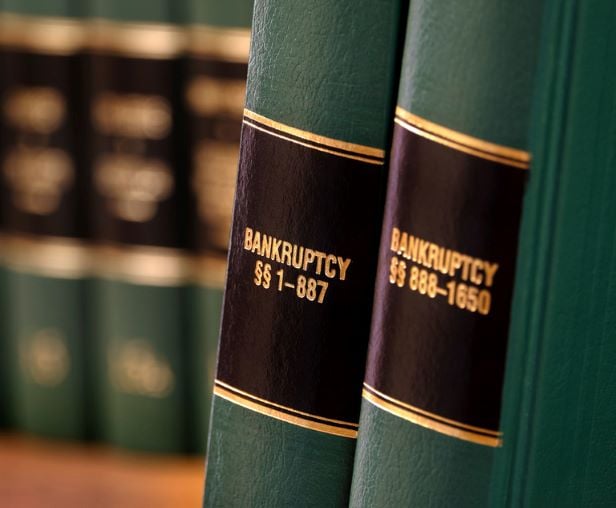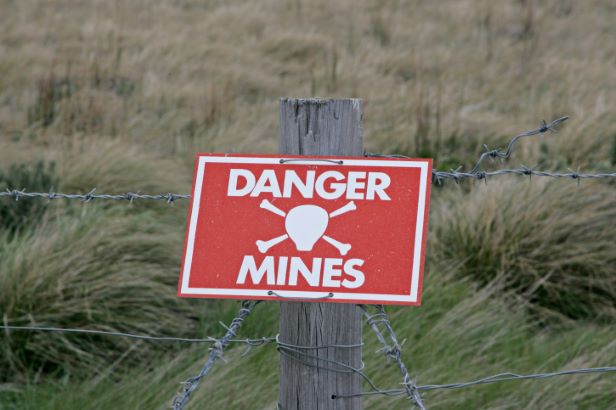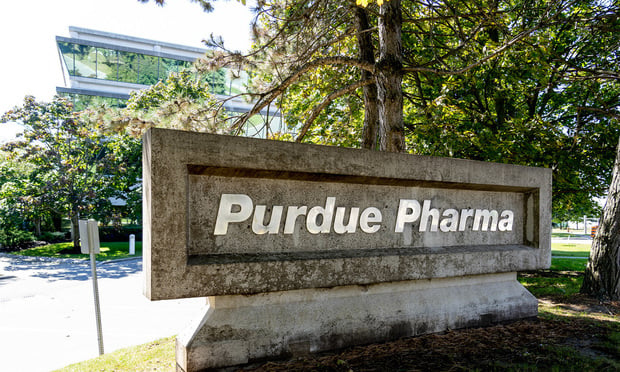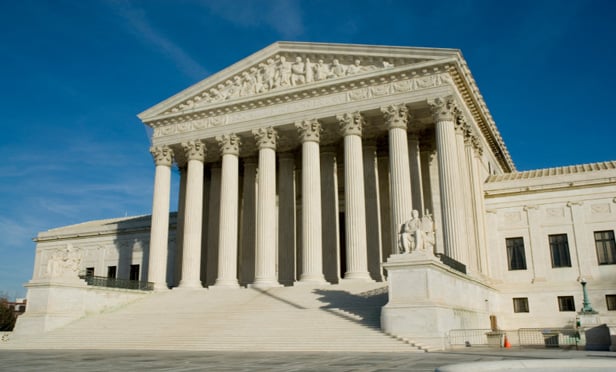Features

Landmines In Bankruptcy Appellate Practice, Part III
When courts have made important exceptions in the past year, they have either added a gloss on the Judicial Code, corrected lawyers' errors, filled in statutory gaps, or clarified the relevant statutory language.
Features

Exploring Debt Restructuring Options for CRE Owners
In the dynamic landscape of real estate, commercial real estate owners often find themselves facing financial challenges that necessitate a strategic approach to debt management. In such cases, exploring debt restructuring options becomes a crucial consideration.
Features

A Strategic Guide for Lenders to Navigate Anticipated Distressed Loan Fallout
The steps outlined in this article offer a strategic guide for lenders, empowering them to navigate the complexities of loan workouts and enforcement actions with resilience and foresight.
Features

Third Circuit: Bankruptcy Code Mandates Appointment of Examiner In Chapter 11 Cases
The Third Circuit recently held in 'In re FTX Trading' that the plain text of Section 1104(c)(2) mandates the appointment of an examiner under the specified conditions set forth. As a result, the FTX decision will carry significant implications for large and medium-sized bankruptcy cases.
Features

Bankruptcy Court Ruling of Cannabis-Related Claims Not Violation of Controlled Substance Act, California District Court Rules
The Central District of California court held that a bankruptcy court's administration of cannabis-related state court claims against a debtor's estate is not a violation of the Controlled Substances Act.
Features

Analysis of Recent Real Estate Sector Bankruptcy Rulings
Analysis on distressed real estate cases that present different issues. One involves the debtor's sale of real estate over the objection of the secured lender. The other involves a debtor's attempt to enjoin a construction bond company from continuing to pay claims by subcontractors after the filing of the bankruptcy case.
Features

Landmines In Bankruptcy Practice, Part II
By enforcing deadlines strictly, refusing to hear appeals from interlocutory orders, and rarely bypassing the district court for direct appeals, appellate courts have generally avoided what they view as unnecessary work and delay. But a few courts have made important exceptions in the past year.
Features

DE Bankruptcy Court Decision Provides Reminder of Potential Consequences of Violating the Automatic Stay
An opinion from the U.S. Bankruptcy Court for the District of Delaware provides a reminder of the potentially severe punishment that a party can suffer as a result of its violation of the automatic stay of Section 362 of the Bankruptcy Code, even if the debtor does not suffer any actual damages as a result of the violation.
Features

Could Mass Tort Bankruptcies Fall Apart in 2024?
Mass tort bankruptcies took some big hits in 2023, with two of them dismissed outright, and two more potentially hanging in the balance.
Features

SCOTUS Looks for Remedy to Its Bankruptcy Fee Congressional Overstep Ruling
The U.S. Supreme Court on January 9 debated the proper remedy for its 2022 ruling that Congress violated the Constitution when it imposed steep bankruptcy fee hikes on large debtors in some districts but not others.
Need Help?
- Prefer an IP authenticated environment? Request a transition or call 800-756-8993.
- Need other assistance? email Customer Service or call 1-877-256-2472.
MOST POPULAR STORIES
- The 'Sophisticated Insured' DefenseA majority of courts consider the <i>contra proferentem</i> doctrine to be a pillar of insurance law. The doctrine requires ambiguous terms in an insurance policy to be construed against the insurer and in favor of coverage for the insured. A prominent rationale behind the doctrine is that insurance policies are usually standard-form contracts drafted entirely by insurers.Read More ›
- A Lawyer's System for Active ReadingActive reading comprises many daily tasks lawyers engage in, including highlighting, annotating, note taking, comparing and searching texts. It demands more than flipping or turning pages.Read More ›
- The Brave New World of Cybersecurity Due Diligence in Mergers and Acquisitions: Pitfalls and OpportunitiesLike poorly-behaved school children, new technologies and intellectual property (IP) are increasingly disrupting the M&A establishment. Cybersecurity has become the latest disruptive newcomer to the M&A party.Read More ›
- Abandoned and Unused Cables: A Hidden Liability Under the 2002 National Electric CodeIn an effort to minimize the release of toxic gasses from cables in the event of fire, the 2002 version of the National Electric Code ("NEC"), promulgated by the National Fire Protection Association, sets forth new guidelines requiring that abandoned cables must be removed from buildings unless they are located in metal raceways or tagged "For Future Use." While the NEC is not, in itself, binding law, most jurisdictions in the United States adopt the NEC by reference in their state or local building and fire codes. Thus, noncompliance with the recent NEC guidelines will likely mean that a building is in violation of a building or fire code. If so, the building owner may also be in breach of agreements with tenants and lenders and may be jeopardizing its fire insurance coverage. Even in jurisdictions where the 2002 NEC has not been adopted, it may be argued that the guidelines represent the standard of reasonable care and could result in tort liability for the landlord if toxic gasses from abandoned cables are emitted in a fire. With these potential liabilities in mind, this article discusses: 1) how to address the abandoned wires and cables currently located within the risers, ceilings and other areas of properties, and 2) additional considerations in the placement and removal of telecommunications cables going forward.Read More ›
- Guidance on Distributions As 'Disbursements' and U.S. Trustee FeesIn a recent case from the Bankruptcy Court for the District of Delaware, In re Paragon Offshore PLC, the bankruptcy court provided guidance on whether a post-plan effective date litigation trust's distributions constituted disbursements subject to the U.S. Trustee fee "tax."Read More ›
